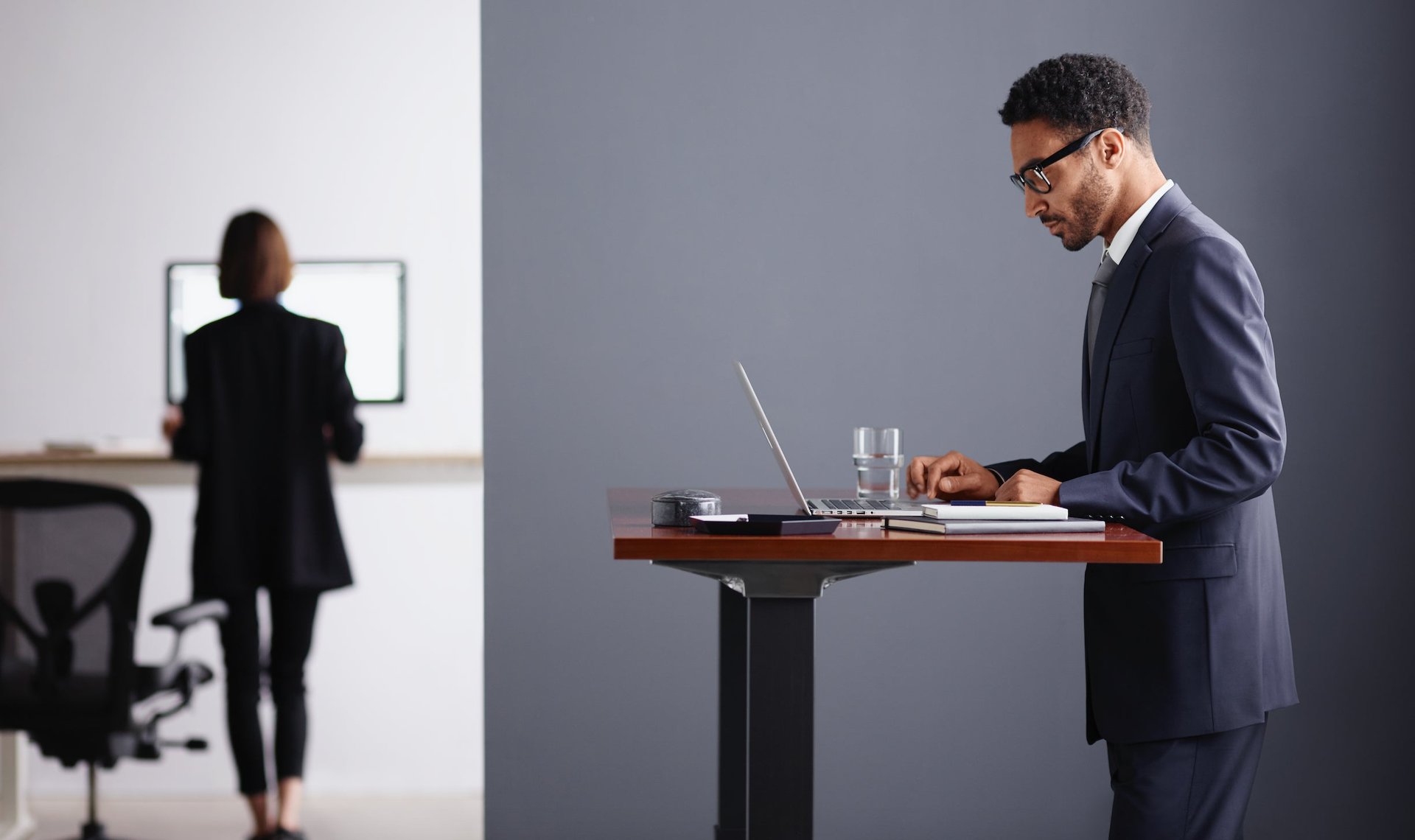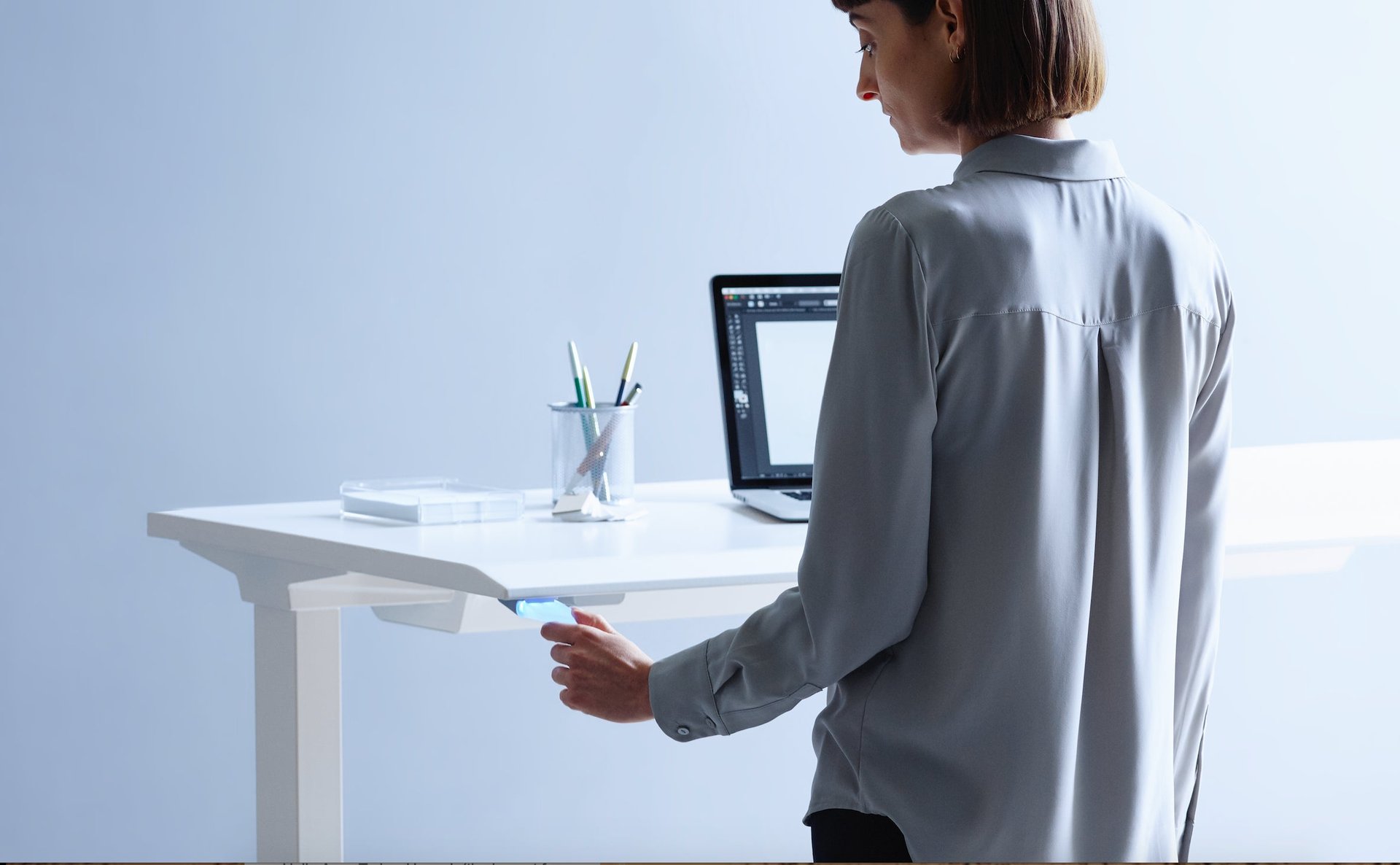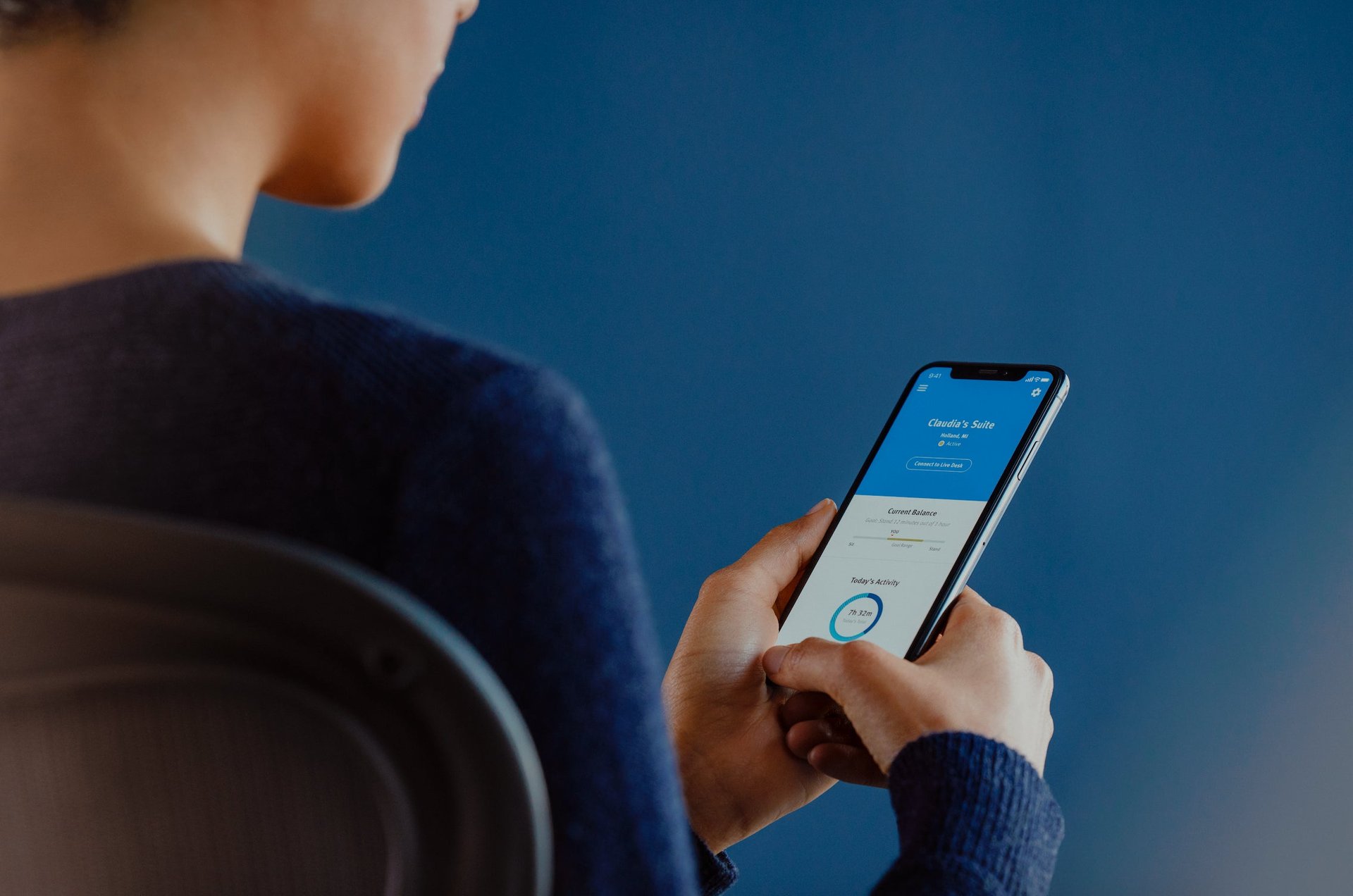Herman Miller’s new Aeron chair is an office spy, collecting data on your every move
You’ve been sitting quite a while there; why don’t you stretch your legs for a moment before reading this?


You’ve been sitting quite a while there; why don’t you stretch your legs for a moment before reading this?
Imagine such a nudge coming not from a doctor or your mother or a life coach (or from us) but from the very desk and chair underneath you. It’s part of the more productive, more comfortable future envisioned—and already being brought to life, part by part—by one of the US’s biggest manufacturers of office furniture.
Herman Miller last year announced the development of a “smart” desk and “Live OS,” the digital platform with which it syncs; this year, it is launching Live Aeron, the world’s first connected office chair.
Quartz At Work recently stopped by the furniture-maker’s New York City showroom for a demonstration of Live OS, which proved a nicely integrated system of technology and office accoutrement. Discreet sensors on the desk are able to record space utilization data—e.g., how long a worker spends at the desk, and the optimal height for the person using it—while sensors on the chair can detect (and help correct) posture.
Design nerds feeling sentimental about the Aeron, and its unlikely journey to becoming the iconic seat of internet age, will be reassured to know that this iteration looks and feels just like a “dumb” Aeron, except for the inconspicuous boxy sensor beneath the seat. By coincidence, the chair’s original design already included conductive materials—a tiny filament woven into the material to reduce static.
Aside from their ergonomic advantages, the connected-desk-and-chair pair allows companies to gather information on their employees’ working habits, such as the times at which workers are most productive, and, if working in desk-flexible environments, where in the office they prefer to sit or the places they tend to avoid.

Chris Hoyt, Herman Miller’s “design exploration manager,” suggests there’s a number of problems that smart office furniture can help solve, aside from the obvious one of motivating employees to pay attention to their physical health. Say you’re an employer with a lot of part-time employees who share desks or come in at different hours. A Live OS-equipped desk and chair will immediately self-adjust to match an employee’s preset preferences once they’ve signed in; the setups can also automatically log employees’ hours—or helpfully tell colleagues whether someone is in that day (that minute, even) or not.
When paired, the desk and chair begin speaking to each other. Together they’re able to decide when their human guest has stood up but wants to keep working, in which case the desk will rise to the appropriate height, versus when said human is just going to the printer or the restroom and will likely sit down again upon returning. The trick is in the smart chair’s sensor, which measures the angle at which a seat is swiveled. (When people step away from a desk, they tend to spin their chairs outward.)
One day, an employee’s entire environment might be shape-shifting this way, turning the open-space office into a corporate phantasmagoria. According to Hoyt, Live OS—which is currently available only in North America—is already being integrated by dozens of companies, the largest of which have ordered a few hundred units for set-up across entire floors. Hoyt did not reveal plans for further connected furnishings, but suggested that the company is looking into several other offerings. (Smart lamps, window shades, and sources of warm or cool air seem like obvious candidates.)
Smart offices are a relatively, if not entirely, novel idea. They’re in many ways a logical extension of the interest in smart homes, which has given rise to connected versions of all kinds of appliances. The US’s home automation market, worth $5.8 billion in 2013, is predicted to reach $12.8 billion by 2020. But as Quartz’s Mike Murphy has noted, smart-home devices are currently better in abstract than in execution; issues are aplenty, from wi-fi connectivity troubles to various connected devices’ incompatibility with one another. The New York Times’ Farhad Manjoo recently reported (paywall) hearing his Amazon Echo waking up in the middle of the night to scream. Who’s to say a smart office wouldn’t run into similar glitches?

(Courtesy of Herman Miller)

There’s also the issue of security to consider. Live OS operates on a discrete internal network, eliminating the risk of hackers accessing sensitive company data through connected furniture. Still, the smaller network could be a target for hackers in itself: At many companies, even information about whether a certain employee has logged into her desk for several days, or which global satellite office she’s visiting, could prove valuable.
There’s also the question of what it will mean for personalized, health-related technology to come to an office setting. Many employers already offer employee wellness benefit programs. Some even give their workers fitness trackers. But as all kinds of furniture get digital upgrades, employers might find it hard to avoid concerns about privacy and questions from employees about how their health and wellbeing data is collected, and why.
The tagline of Herman Miller’s new furniture line is “Get to know your office as you’ve never known it before.” Unsaid is the fact that bosses would be getting that a new layer of knowledge about workers as well.